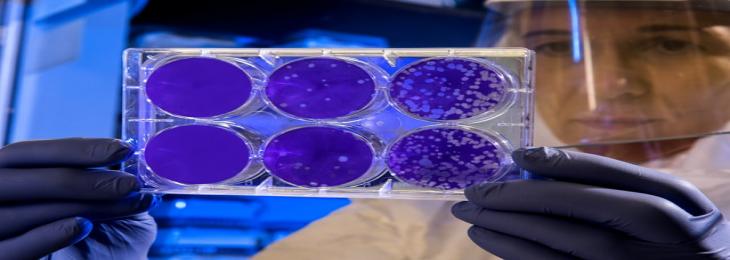
The viruses having the capability of infecting a bacteria, induce the formation of novel enzymes which lead to the formation of newer bases.
Viruses are one of the most amazing organisms that are present on this Earth. They are also regarded as the “intermediate between living and death” as they always require a host body to exhibit their living property. As there is an interactive capability of the virus on to a bacteria. They use this mechanism just to create their own progeny. Virus actually use the host body, be it a bacteria or human host, and use their replication machinery, enzymes and other important biomolecular for their own growth and development.
The viruses having the capability of infecting a bacteria (also called as Bacteriophage or simple phage virus) induce the formation of novel enzymes which also lead to the formation newer bases. These novel enzymes are actually coded by newer genetic alphabets for example “Z” that encodes for a new nitrogenous base called as 2-aminoadenine. These nitrogen bases are unique and they are totally different from the conventional nucleobases present in DNA or in RNA.
Reports suggests that during a phage Infection to a bacteria, DNA behaves in an odd manner. That is the melting coefficient of DNA increases, as the triple bonded G and C break in slight increase in temperature. On the contrary the Phage genomic material replace Adenine with the novel “Z” hence forming a stronger linkage and bond between them rather than Adenine binding with Thymine usually.
The Z-DNA is also one of the main reason of modification of the Phage Virus. However the actual mechanism of function of Z-DNA as well as it protein synthesis machinery is still unknown. The mechanism of the host enzyme being impaired because of the presence of the Z-DNA is also not known. Nano-machines are employed just to identify the shape and structural elements of this Z-DNA. These techniques are also very much useful to injection of the novel DNA molecules in to the genome of the bacteria.






